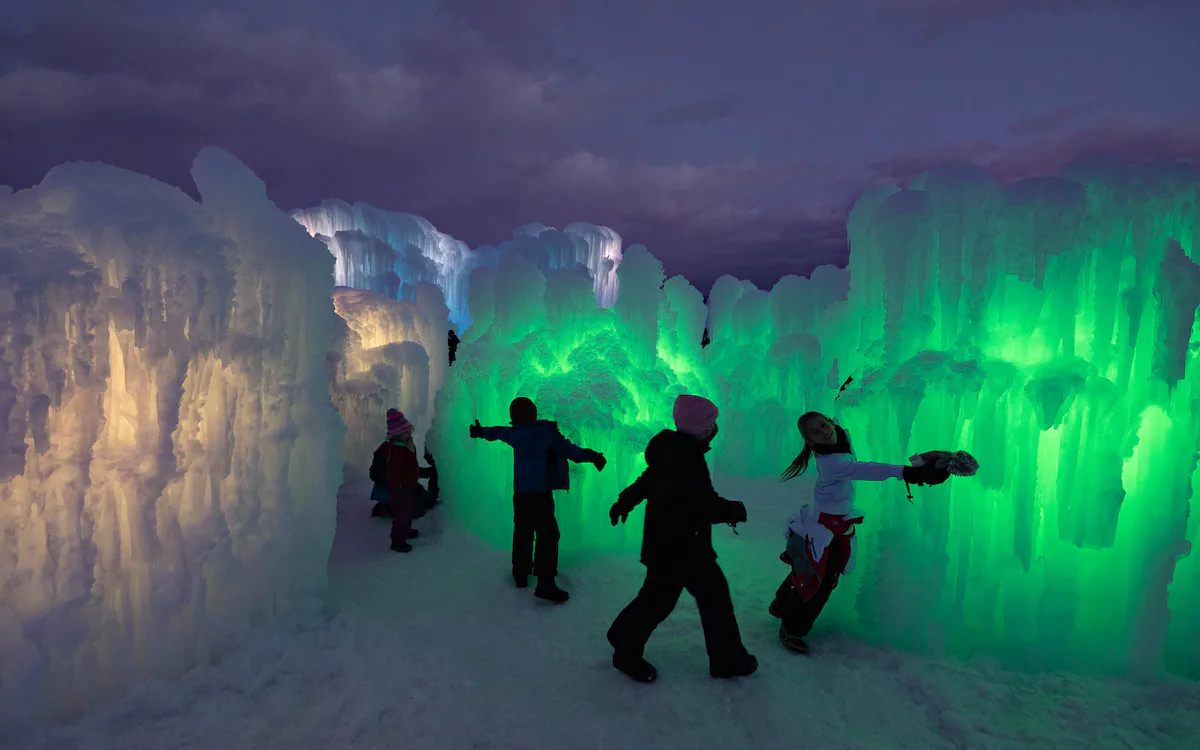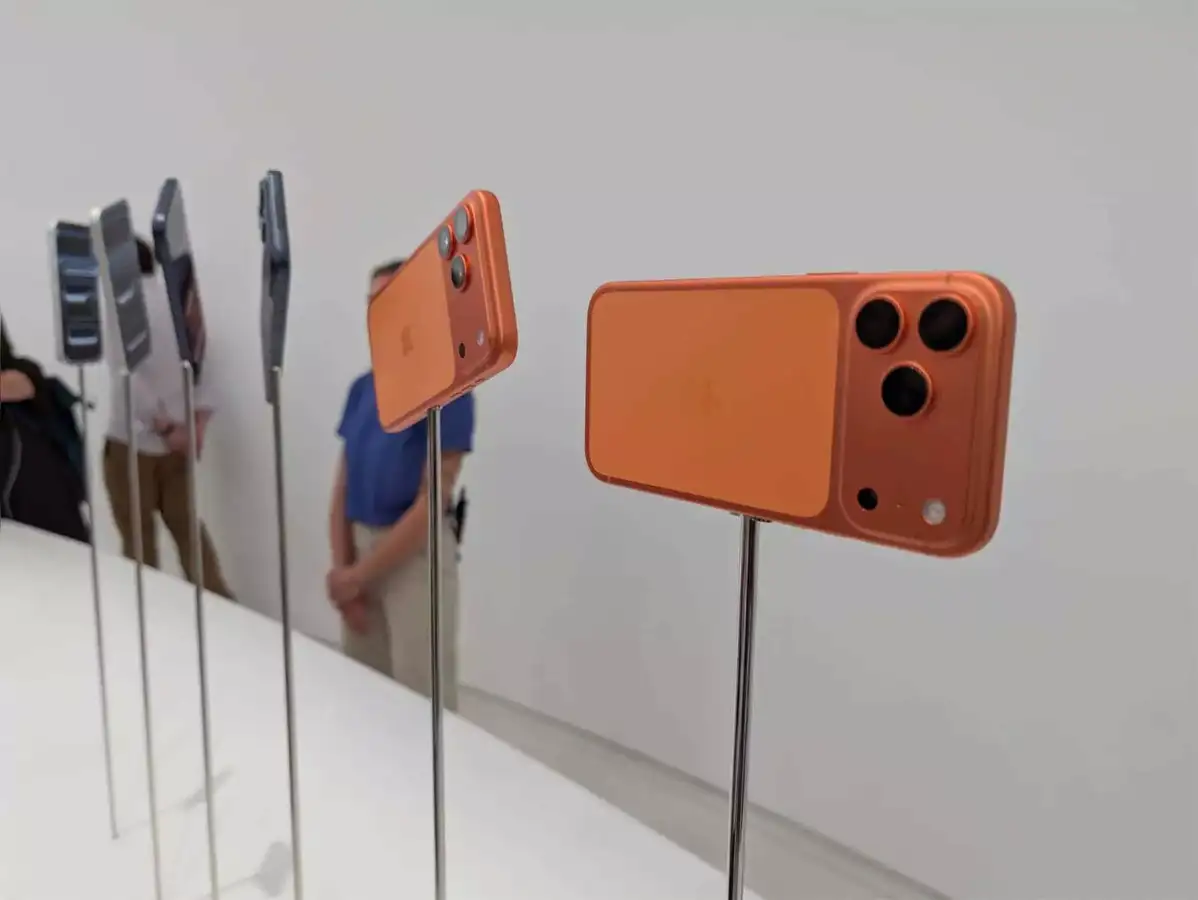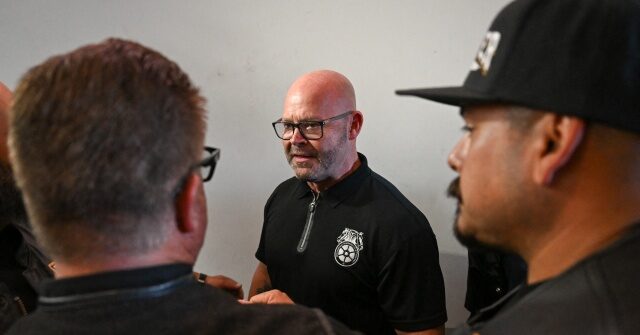
Ice Castles, the walk-through winter art installation, will not be returning to Utah next year, its creators have announced.
The decision, according to Ice Castles spokesperson Amanda Roseth, follows several warm winters at Soldier Hollow Nordic Center in Midway. That’s the same location where several events are planned during the 2034 Olympics and Paralympics: biathlon, cross-country skiing, Nordic combined, para biathlon and para cross-country skiing, according to The Park Record.
Warm weather has significantly limited the time Ice Castles could welcome visitors, Roseth said. Earlier this year, the exhibition was only open from Jan. 15 until Feb. 7.
“We weren’t even certain that we were going to open for the season because it was so warm during our building phase,” she said.
Roseth said the organizers of Ice Castles hope to return to Utah next year, but they first need to figure out how to build the castles in a way that will leave them less susceptible to melting temperatures.
“Utah is where we got our start, and it has been a true pleasure to host our enchanting winter attraction at Soldier Hollow,” Kyle Standifird, Ice Castles’ CEO, said in a news release. “Over the years, we’ve had the joy of creating lasting memories for families and friends, and we are incredibly thankful for the support and happiness we’ve shared with thousands of guests.”
Tom Kelly, communication lead for the 2034 Olympic and Paralympic organizing committee, said that even though Ice Castles has had weather-related setbacks, games organizers do not think they will face any issues due to warmer winters in Utah.
There’s no connection between Ice Castles’ business and the conditions the Olympics will need for events, he said, and he referenced an April 2023 report by the Kem C. Gardner Policy Institute that said Salt Lake City is predicted to have viable snowfall to host The Games through 2080.
National Weather Service hydrologist Paul Miller said, however, that Utah and surrounding areas are growing steadily warmer.
Stationed at the Colorado Basin River Forecast Center in Salt Lake City, Miller said the area is experiencing warmer and drier weather. While some years will be colder and more moist than others, he added, the combined data point to a trend of faster melting times, higher temperatures, less snowpack at lower elevations and less moisture.
“The academic consensus, the scientific consensus, is that warming is happening. It’s climate change. It’s human-caused,” he said. “That is going to impact, on the aggregate overall, our future and how warm it’s going to be.”
Even considering the more consistent warmer weather, though, Miller said it’s impossible to know what weather conditions will look like in 2034, given how variable weather is in the region on any given year.
“We can’t make a forecast that far out with any confidence,” he said.



